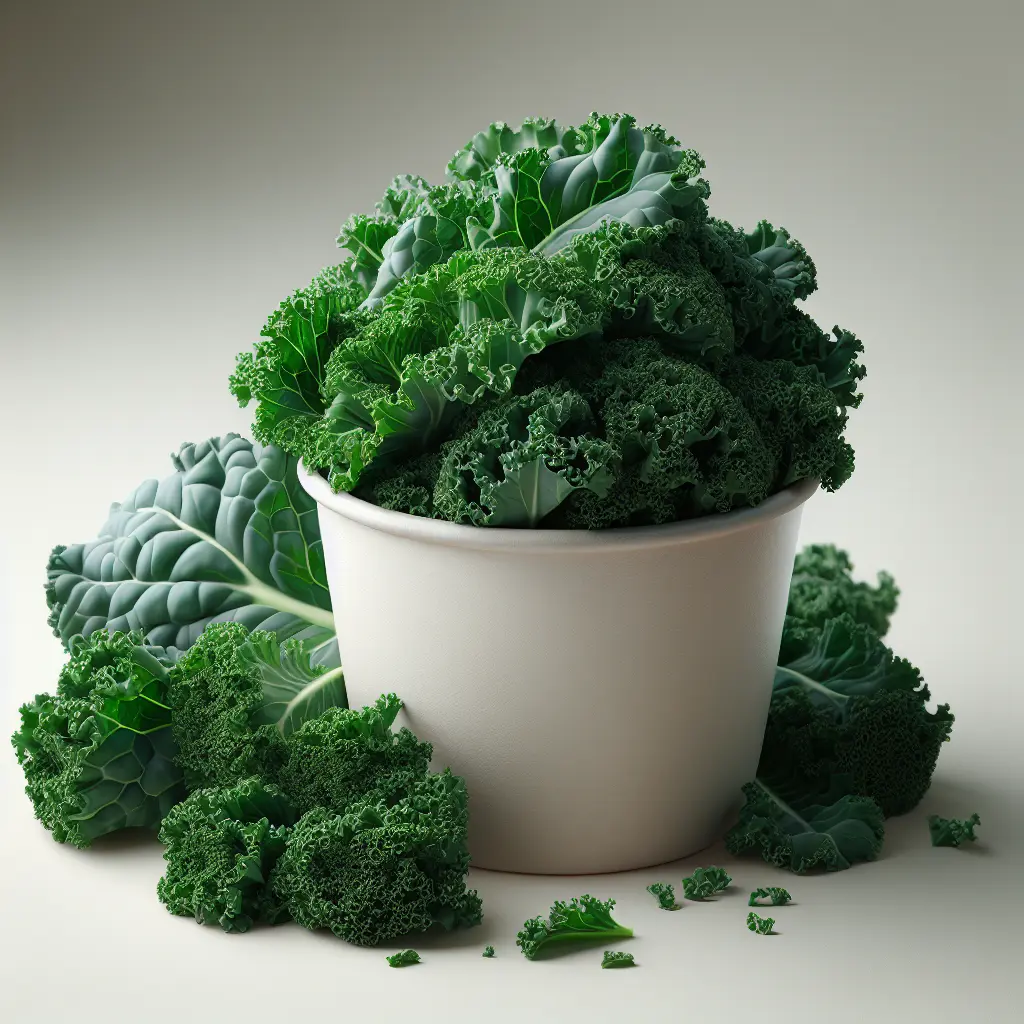The Health Benefits of Kale
Kale is a leafy green vegetable that is packed with nutrients. It is a good source of vitamins A, C, and K, as well as minerals such as calcium, iron, and potassium. Kale is also a good source of fiber and antioxidants.
Some of the health benefits of kale include:
- Improved heart health: Kale is a good source of fiber, which can help to lower cholesterol levels and reduce the risk of heart disease.
- Reduced risk of cancer: Kale contains antioxidants that can help to protect cells from damage. Some studies have shown that kale may be linked to a reduced risk of certain types of cancer, such as lung cancer and prostate cancer.
- Improved bone health: Kale is a good source of calcium, which is essential for strong bones.
- Reduced inflammation: Kale contains compounds that can help to reduce inflammation. This may be beneficial for people with conditions such as arthritis and inflammatory bowel disease.
- Improved digestion: Kale is a good source of fiber, which can help to improve digestion. Fiber can help to bulk up stool and make it easier to pass. It can also help to relieve constipation.
How to Incorporate Kale into Your Diet
There are many ways to incorporate kale into your diet. You can add it to salads, smoothies, soups, and stews. You can also sauté kale with olive oil and garlic, or bake it in the oven with olive oil and lemon juice.
Here are some ideas for how to incorporate kale into your diet:
- Add kale to salads. Kale is a great addition to salads. It adds a crunchy texture and a mild flavor. You can add kale to any type of salad, but it is especially good in salads with other leafy greens, such as spinach or romaine lettuce.
- Add kale to smoothies. Kale is a great way to add nutrients to smoothies. It has a mild flavor that will not overpower the other ingredients in your smoothie. You can add kale to any type of smoothie, but it is especially good in green smoothies.
- Add kale to soups and stews. Kale is a great addition to soups and stews. It adds a hearty texture and a mild flavor. You can add kale to any type of soup or stew, but it is especially good in soups and stews with other vegetables, such as carrots, celery, and onions.
- Sauté kale with olive oil and garlic. Sautéed kale is a delicious and easy side dish. Simply heat some olive oil in a skillet over medium heat and add kale. Cook the kale until it is wilted and tender, about 5 minutes. Add some garlic and cook for another minute. Season with salt and pepper to taste.
- Bake kale in the oven with olive oil and lemon juice. Baked kale is a healthy and delicious snack or side dish. Simply toss kale with some olive oil and lemon juice. Spread the kale on a baking sheet and bake at 400 degrees Fahrenheit for about 15 minutes, or until the kale is crispy.
Kale is a versatile vegetable that can be enjoyed in many different ways. It is a nutrient-packed superfood that can provide a variety of health benefits. So next time you are looking for a healthy and delicious way to improve your diet, reach for some kale.
How many calories are in Kale?
Each 1 cup, chopped of Kale contains 36 calories.
Kale Nutritional Information
| Nutrient | Amount per 1 cup, chopped (130g) |
|---|---|
| Calories | 36 Calories |
| Protein | 2.5g |
| Fat | 0.5g |
| Saturated Fat | 0.1g |
| Cholesterol | 0mg |
| Carbohydrates | 7.3g |
| Dietary Fiber | 2.6g |
| Sugar | 1.6g |
| Sodium | 0.03mg |
| Potassium | 0.2964mg |
| Calcium | 0.094mg |
| Iron | 0.0012mg |
